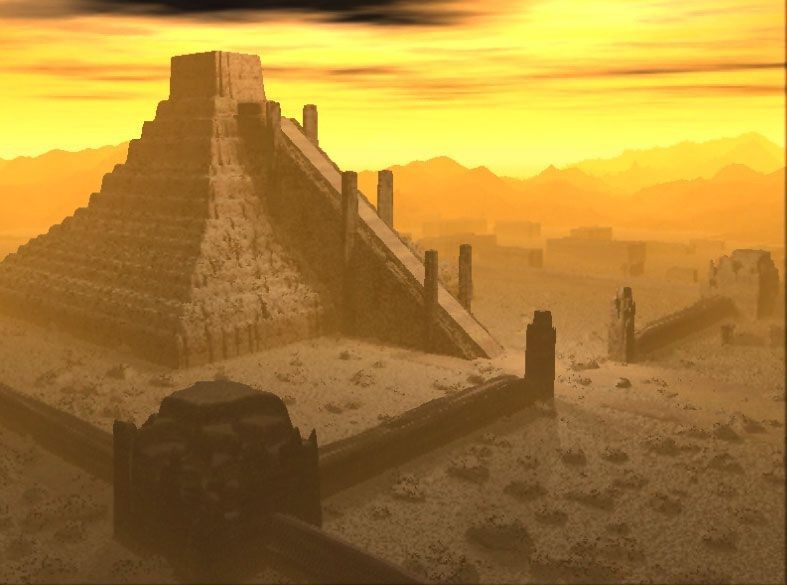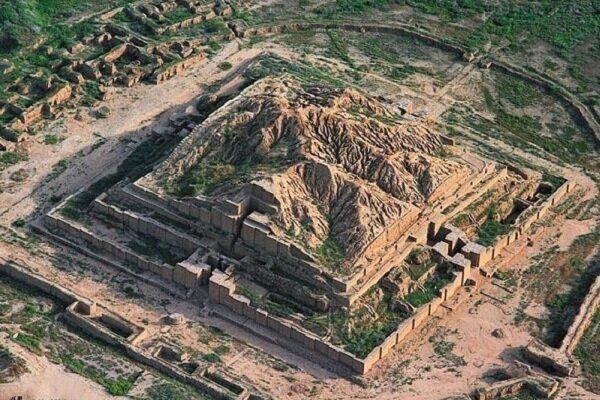Hidden along the banks of the Euphrates River in ancient Mesopotamia, Eridu rose to prominence around 5400 BC as one of the earliest urban centers in human history. Its significance lay not only in its strategic location for trade and agriculture but also in its religious devotion to Enki, the Sumerian god associated with water and wisdom.

Eridu thrived as a hub of activity, attracting merchants, artisans, and pilgrims who sought the blessings of Enki at the revered E-abzu temple. Its prosperity was sustained by the fertile lands nourished by the river’s waters, which supported a flourishing agricultural economy.
However, the story of Eridu is not one of uninterrupted success. Despite its early glory, the city experienced periods of decline and eventual abandonment, leaving behind a legacy shrouded in mystery. Scholars debate the possible causes, ranging from environmental changes to shifts in political dynamics within the region.

Archaeological excavations at Eridu have uncovered a wealth of artifacts and structures, providing insights into the daily life, religious practices, and architectural achievements of its ancient inhabitants. These discoveries include intricate irrigation systems, temple complexes, and evidence of long-distance trade networks, highlighting Eridu’s significance as a cultural and economic hub in the ancient Near East.

Through ongoing archaeological exploration and scholarly inquiry, the mysteries of Eridu continue to unravel, uncovering clues that deepen our understanding of humanity’s earliest urban centers and the enduring legacy of ancient Mesopotamia.





